Here’s your detailed guide to 12 Jyotirlinga darshan yatra with complete details on their locations, how to reach them, the significance of these Jyotirlinga places, special facts, special festivals, and a lot more. In this Jyotirlinga darshan tour guide, you will know the name of 12 Jyotirlinga in India, what is Jyotirlinga history, what does Jyotirlinga mean, where are 12 Jyotirlinga situated, and much more.
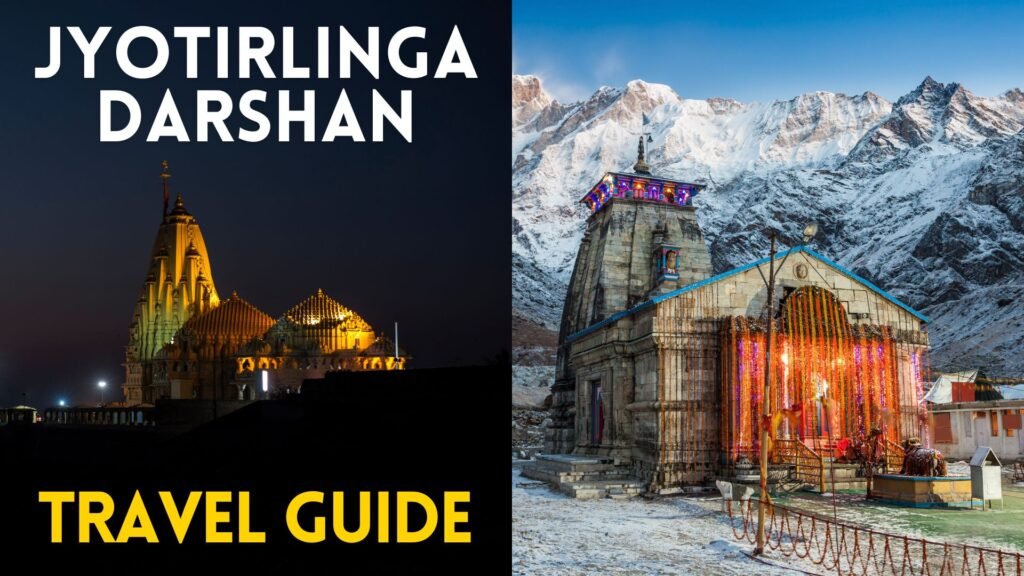
Jyotir means ‘radiance’ and Linga means ‘sign’.
LEGEND: Our revered Shiva Purana (ancient scripture) narrates that once upon a time, Brahma (creator) and Vishnu (preserver) got into an argument about who is more superior, in front of Shiva (destroyer). To bring in a solution, Shiva appeared as an infinitely long pillar of light. Brahma and Vishnu both decided to move in opposite directions to find the end of the light in either direction to see who could do it first. While Brahma lied that he had seen the end, Vishnu was honest and said that he couldn’t find it. This led to Shiva cursing Brahma for his dishonesty and blessing Vishnu to be eternally worshipped for being honest. The Jyotirlingas are ‘Swayambhu’ (self-manifested) shrines of Shiva that have appeared from this sacramental column of light.
{Originally thought to be 64, only 12 such places are found in India}
“Religion is following the messenger whereas Spirituality is following the message.”
Journeying to the 12 Jyotirlingas is a fierce ambition for the ‘Shiva’-holics; Shiva is a Supreme and Omnipotent God, worshipping HIM is greatly auspicious. Visiting the Jyotirlingas is of high significance to millions of Hindus as these highly energized abodes of the Lord hold incalculable power to transform the lives of all those who come seeking happiness, success, peace and prosperity, along with hoping to absolve themselves from their sins, receiving the mercy of the Lord to relieve themselves of pain/obstacles/negativity/ill-health, and lastly praying for freedom from the cycle of birth and death or in other terms attaining moksha.
The mystique behind the ‘Jyptirlingas’ is inexplicable. Carried on from the mystical ages to the modern times, the unflinching belief-system is the only proof of the Immortal Divinity called GOD.
While there is no need to follow any particular order of darshan at Jyotirlingas, some people like to follow it based on the verses of the chants in ‘Dwadashi Jyotirling Stotram’ as outlined in some Puranic references. But there is an ambiguity to this order as different sections of people proclaim it differently.
It is also trusted that every Jyotirling being a cosmic force, is connected to a zodiac sign (as per Indian astrology of following the moon sign/raashi). So it would be beneficial to visit a particular Jyotirling according to planetary placements or zodiac signs in the birth chart.
1. Somnath Jyotirlinga

Location: Veraval (Gir Somnath), Gujarat
Considered to be the first among all Jyotirlings, on the shores of the Arabian Sea, at the mythological holy confluence {sangam} of Kapila, Hiranya and Saraswathi rivers with the ocean, is believed to have been first built by Somraj (Moon God) as a temple of gold in Satya Yuga. At present, it stands as an astonishing light creamy honey-coloured complex just next to Somnath beach.
Special Facts:
- It is a temple that was razed by ruthless invaders several times and consequently also faithfully rebuilt several times by various rulers.
- A fascinating fact associated with the temple is that the idol of Shiva once upon a time used to be afloat in mid-air, because the original jyotirlinga was made of iron which could be suspended by a magnetic levitation system created using an enormous loadstone (a ceiling magnet) and a diamagnetic material in between. The Shivaling is said to have hidden the Syamantak Mani (philosopher’s stone) within its hollowness (associated with Lord Krishna), with alchemical and radioactive powers that could produce gold and had magnetic properties.
- Located at a point (marked by the Baan Sthamba pillar) on the Somnath seashore, from where no land can be found on the imaginary straight-line connecting it down until Antarctica on the globe.
- This is the place (Prabhas Patan) where Lord Krishna is believed to have ended his’ Lila’ and sought his heavenly abode.
Special Festival:
Kartik Purnima in Nov-Dec; a mid-night Maha Aarti and a 5-day ‘Lokmela’ (public fair) is conducted.
Zodiac: Taurus (Rishab)
Benefit/Blessing: Wealth, stability
How to Reach:
Nearest Airport: Diu (80 km), Keshod (57 km), Rajkot (200 km)
Nearest Railway Station: Veraval Junction
By Road: Well connected to nearby cities like Rajkot, Diu, Porbandar, Junagadh, Dwarka and Ahmedabad
2. Mallikarjun Jyotirlinga

Location: Srisailam (Nandyal), Andhra Pradesh
A Chalukyan-style temple dedicated to Lord Mallikarjuna, a form of Shiva, on Nallamala hill, is believed to be the place where the celestial marriage between Mallikarjuna and Brahmaramba Devi took place. The famous ‘Patal Ganga’ [part of River Krishna] which is considered to be as sacred as the Ganges herself flows below the temple.
Special Facts:
- It is both Jyotirlinga and ShaktiPeetha, Bhramaramba Devi Temple (special shrine of Goddess Shakti).
- The temple has 5 shivalings installed by the Pandavas, and Sahasra linga (1000 linga) commissioned by Lord Rama himself.
- All Shiv bhakts are allowed to touch the idol to pray.
- Some people believe in the mysterious buzzing sound of bees behind the walls of the Devi temple. {Bhramaramba means ‘Mother of Bees’ who is said to have released thousands of bees to kill the demon Arunasara}
Special Festivals:
(i) Kumbhotsavam dedicated to Goddess Bhramaramba Devi is held in the starting month of the Hindu calendar, Chaitram
(ii) Kartheek Mahothsavam during the 8th month of the Hindu calendar; Deepothsavam or lighting of a large number of lamps on Mondays & full moon days takes place.
Zodiac: Virgo (Kanya)
Benefit/Blessing: Increases intellect
How to Reach:
Nearest Airport: Hyderabad (195 km)
Nearest Railway Station: Cumbum (102 km), Markapur (84)
By Road: Regular buses from Nellore, Guntur, Anantapur, Kurnool, Vijayawada and Hyderabad
A Ropeway is operational for tourists to reach Patalganga from the hilltop. Boating services in the river can also be availed.
3. Mahakaleshwar Jyotirlinga
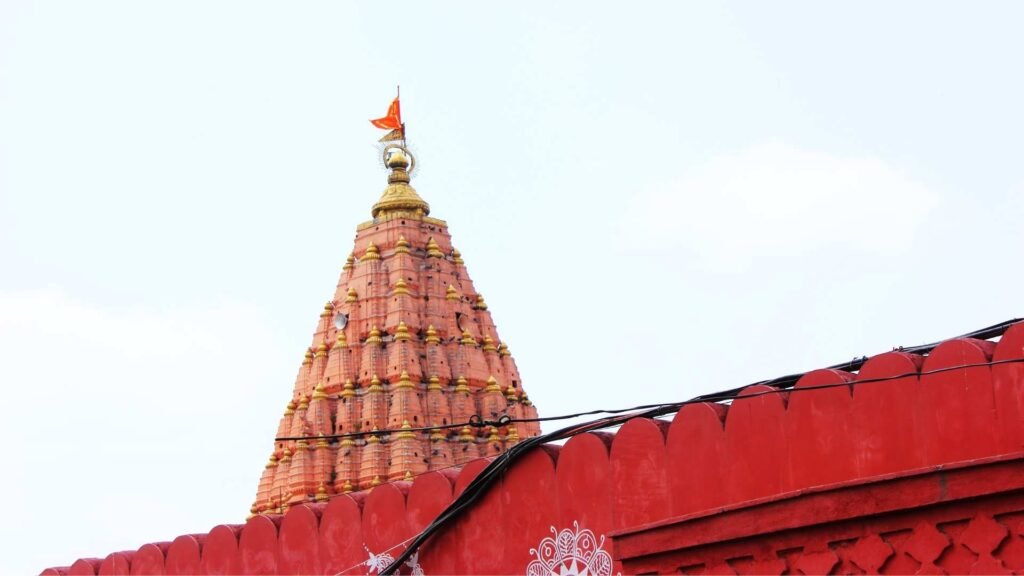
Location: Ujjain, Madhya Pradesh
On the holy banks of river Shipra, the temple of Mahakaleshwar, is present as a five-storeyed (one of them underground) structure, built by Kumarsena, a 6th century king of Ujjain. One of the levels has ‘Nagchandreshwar’ (Shiva and Parvati seated on a ten-hooded snake) that is open to the public only on ‘Nag Panchami’ day.
Special Facts:
- This is the place where saint Adi Shankaracharya composed Shivananda Lahari.
- Bhasm aarti is a popular ritual where abhishekam is done with ashes at dawn. Women are not allowed to see Bhasmaarti; they have to veil themselves.
- This is the most powerful among the 12, and has a South-facing or Dakshina Mukhi (direction of fear/death) ‘Linga’.
- Mahakaal is the only one by all means powerful; hence no other person of ‘power’ (ex. Minister or VIP) should stay here overnight.
Special Festivals:
(i) Sawaari – Procession of Lord Mahakaal on special occasions like Dusshera, Shravan and Karthik months, on the streets of Ujjain.
(ii) Harihar Milan: On Vaikuntha Chaturdashi, Mahakal is taken in a procession to meet Dwarkadhish, to celebrate the unity of the Gods.
Zodiac: Libra (Tula)
Benefit/Blessing: Protection from fears, Long life
How to Reach:
Nearest Airport: Indore (57 km)
Nearest Railway Station: Ujjain Junction
By Road: Motorable roads connect with other cities like Dewas, Nagda, Dhar, Bhopal and Indore.
4. Omkareshwar Jyotirlinga
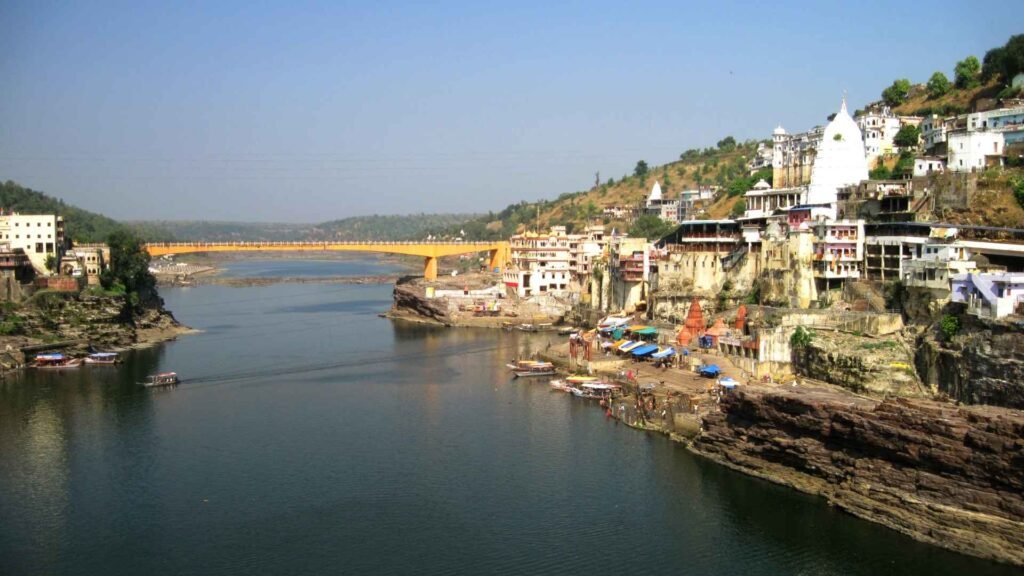
Location: Mandhata (Khandwa), Madhya Pradesh
Deriving its name for being set on a unique ‘Om’-shaped island in Mandhata/Shivpuri, also called Omkar island in River Narmada, the temple looks aesthetic in Peshwa architectural style in its exclusive surroundings. Another Shiva temple of Amaleshwar (Lord of Immortals) lies on the southern banks of Narmada on the mainland.
Special Facts:
- Rudra Abhishek is performed every day – ritualistic bathing of the deity with milk, honey, ghee and water.
- Worshippers can perform ‘puja’ by offering flowers, bilva leaves and holy water.
- Pilgrims perform a 7-km long parikrama around the temple which is basically around the island.
- It’s believed that God Himself visits the temple every night to sleep and hence Shayan Aarti is performed.
Special Festival:
Narmada Jayanthi – devotees take a holy dip in the river before offering prayers at the temple.
Zodiac: Cancer (Kark)
Benefit/Blessing: Comfort, peace
How to Reach:
Nearest Airport: Indore (87 km)
Nearest Railway Station: Khandwa Junction (72 km)
By Road: Connected to Ujjain, Mandu, Maheshwar, Burhanpur and Indore.
Omkareshwar Bridge connects the mainland to Omkar Island.
5. Vaidyanath Jyotirlinga
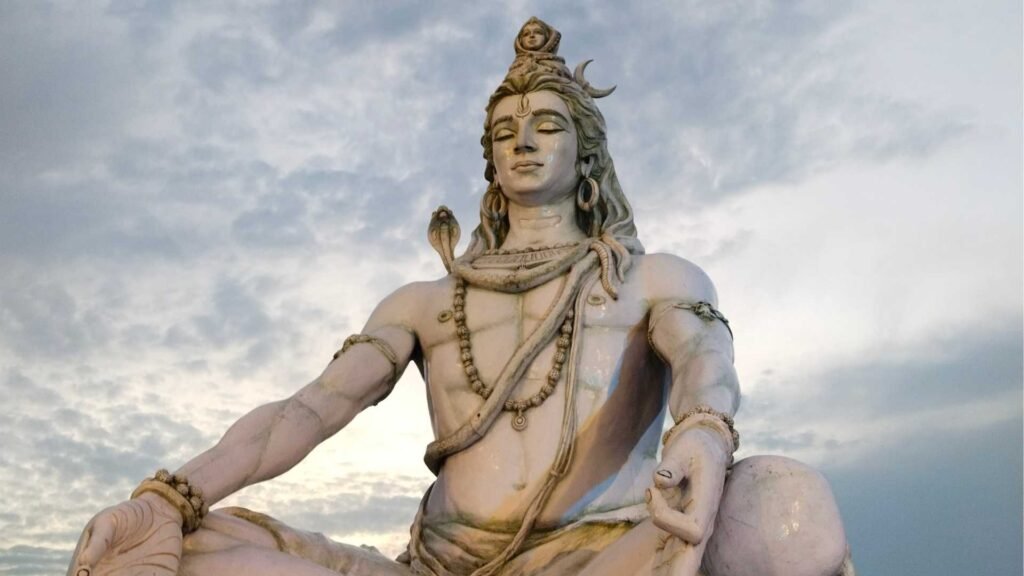
Location: Deogarh, Jharkhand
In the town of Deoghar, near river Mayurakshi, Baidyanath temple is where Goddess Shakti along with Lord Shiva heal their devotees from maladies. Parvathy temple (Vaidyanath Shaktipeeth) lies adjacent to the Jyotirlinga temple. Parasnath, a Jain pilgrimage destination is about 100 km from here.
Special Facts:
- Demon king Ravana who is said to have worshipped Lord Shiva, left the ‘Kamna Linga’ here.
- ‘Shodashopachara Puja’ is done at the sacred site comprising sixteen steps to denote sixteen ways of paying homage.
- During Shravan Mela (Jul-Aug) and Kanwar Yatra, millions of devotees carry holy water from the Ganges and offer it to the Lord.
- There is a Panchshool (symbolic of destroying five sins – lust, anger, greed, fascination and jealousy).
Special Festival:
Baidyanath Mahotsav, an annual celebration on the eve of Maha Shivratri, with cultural dance and music programmes.
Zodiac: Leo (Simha)
Benefit/Blessing: Free from diseases
How to Reach:
Nearest Airport: Deogarh (12 km), Durgapur (150 km)
Nearest Railway Station: Deogarh Junction, Jasidih Junction (7 km)
By Road: Connects to Ranchi, Dhanbad, Giridih, Bokaro, Berhampore(WB) and Durgapur(WB).
6. Bhimashankar Jyotirlinga

Location: Khed (Pune), Maharashtra
Built in the Nagara style of architecture, in the Sahyadri hills, the temple is a testament to Vishwakarma sculptors of the 13th century. A journey to the temple during monsoons is especially bound to be a memorable one when the western ghat region is packed with endless vistas of pleasing greens.
Special Facts:
- The temple is located within a reserved forest area called Bhimashankar Wildlife Sanctuary.
- It is located at the source of the Bhima river.
- Nana Phadnavis, a Peshwa statesman renovated the temple in the 18th
- The temple’s architectural design resembles ‘Rathachala’, a divine chariot.
Special Festival:
Ganesh Chaturthi is celebrated on a grand scale like any other temple in Maharashtra.
Zodiac: Capricon (Makar)
Benefit/Blessing: Victory
How to Reach:
Nearest Airport: Pune (118 km), Mumbai (206 km)
Nearest Railway Station: Lonavala (110 km), Pune Junction (123 km)
By Road: Can be reached from Lonavala or Pune; during crowded seasons, vehicles are stopped 5-6 km before the premise and private buses are used to ferry people to the temple.
Those who wish to go on foot can climb up 240 steps. For the adventurous lot, an exhilarating trek route going all the way inside the Sanctuary is recommended.
7. Rameshwaram Jyotirlinga

Location: Pamban island (Ramanathapuram), Tamil Nadu
A Dravidian-style architecture overseen by the Pandya Dynasty, the temple spreads over 15 acres and has a tall statue of Nandi. According to Ramayana, this is where Lord Rama worshipped Lord Shiva upon his return from Lanka. The southernmost tip of the island is called Dhanushkodi from where Ram Setu bridge connects India with Sri Lanka.
Special Facts:
- There are two lingams here – Ramalingam built by Goddess Sita and Vishwalingam brought by Lord Hanuman from the Himalayas.
- The temple has the longest corridor with 1212 beautifully carved pillars, which are 30 feet in height.
- There are 24 theerthams or holy ponds in and around the temple. People who come to pray follow a ritual of ablution using water from all wells.
- It is one of the Char Dham temples of India (south). (north – Badrinath, East – Puri Jagannath, West – Dwarka)
Special Festival:
(i) Aarudra Dharsanam for 10 days (Jan-Dec), to celebrate Lord Shiva in Nataraj form.
(ii) Ramalinga Pratishtha to honour the Linga brought by Lord Hanuman from Mt Kailash as well the sand one made by Goddess Sita.
(iii) Thirukalyanam (July-August) highlights the marriage between Lord Ramanathswamy and Lordess Parvathavardhini Ammal.
Zodiac: Aries (Mesha)
Benefit/Blessing: Enhances marital harmony
How to Reach:
Nearest Airport: Madurai (180 km)
Nearest Railway Station: Rameshwaram
By Road: The Pamban sea bridge connects it to the mainland and can be reached from nearby cities like Madurai, Virudhunagar, Thanjavur, Trichy and Kanyakumari.
8. Nageshwar Jyotirlinga
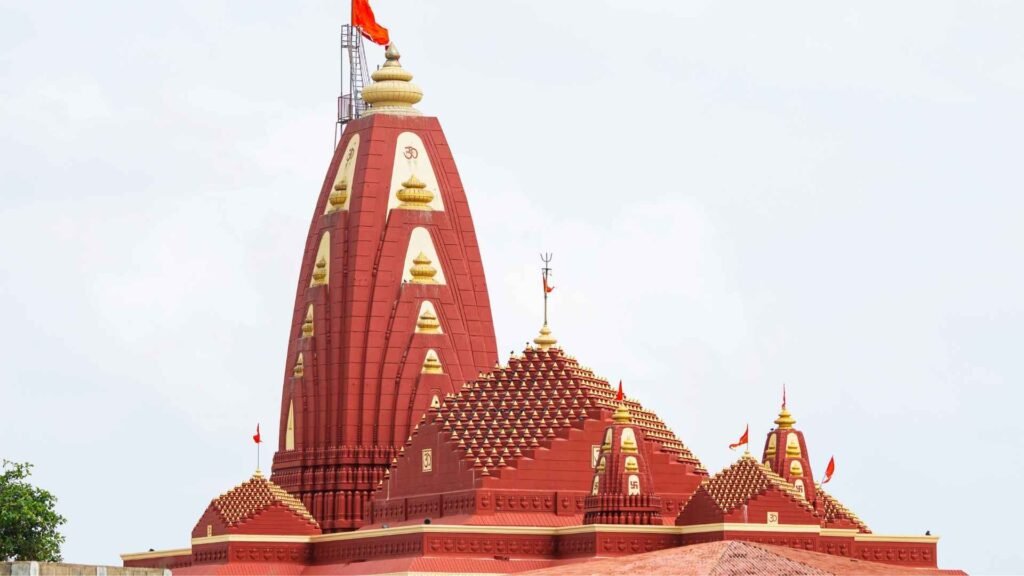
Location: Daarukavanam (Dwarka), Gujarat
On the coast of Saurashtra near the city of Dwarka, a 25m tall statue of Shiva welcomes all into the divine temple. A strong legend associated with it speaks of a sincere follower of Shiva named Supriya who chanted ‘Om Namah Shivaay’ to call upon the lord to defeat the troublesome demon and his wife (Daruk and Daruka).
Special Facts:
- Shivling is enshrined in an underground sanctum facing south. It is shaped like a three-faced or Tri-Mukh rudraksha, known to be powerful.
- Devotees partake in Bilva Archana, an auspicious offering of the sacred leaves.
- This Jyotirlinga has the ability to protect its worshippers from all kinds of poisons.
- There is confusion regarding the actual site of the Jyotirlinga. For some, it’s Aundha Nagnath (Maharashtra), while for others it’s Almora (Uttarakhand).
Special Festival:
The most important celebration is Mahashivratri which draws crowds for its mela.
Zodiac: Gemini (Mithun)
Benefit/Blessing: Destroys your sins
How to Reach:
Nearest Airport: Jamnagar (130 km)
Nearest Railway Station: Dwarka (16 km)
By Road: Reachable from Dwarka, Jamnagar and Porbandar
9. Kashi Vishwanath Jyotirlinga
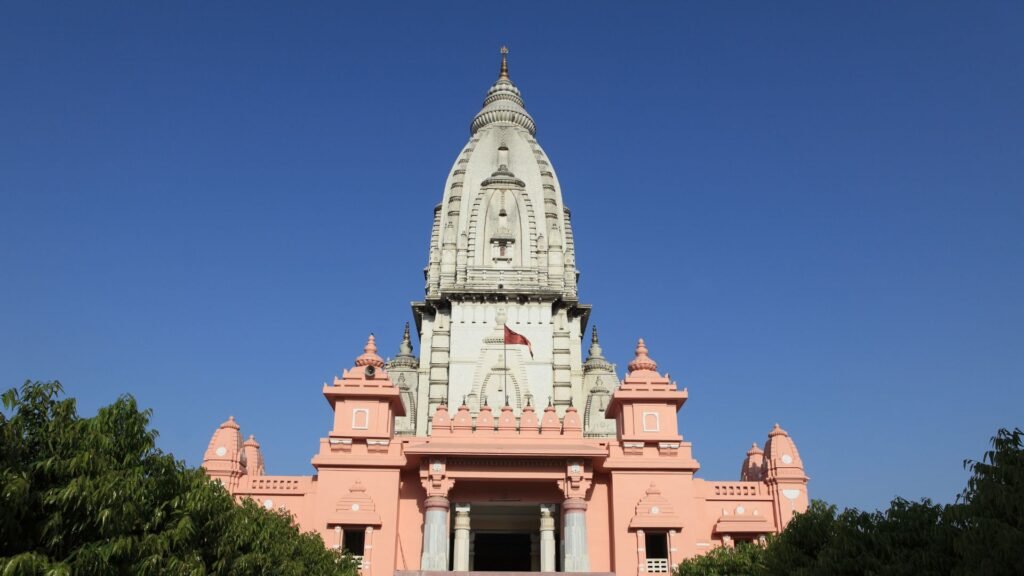
Location: Varanasi, Uttar Pradesh
A very popular Jyotirling among the masses on the banks of the Holy Ganga; worshipping the ‘Lord of the Universe’ and bathing in the waters of river Ganga are essential elements of washing away the sins and seeking salvation. Varanasi/Kashi is sometimes suggested to be the place where Brahma, Vishnu and Shiva had an argument about their supremacy. The city has 84 ghats and is dotted with innumerable temples.
Special Facts:
- Devotees can enter the sanctum, perform Jalabhishek (pouring water), and offer prayers and flowers.
- ‘Panchkrosi Parikrama’ is a ritual that involves circumambulation around the city covering all important ghats and temples along the way. It starts and ends at Manikarnika ghat.
- Rani Ahilyabai Holkar from Indore restored the ancient temple to its original glory in the year 1780.
- A spectacular Ganga Aarti is performed every evening on the river banks of Dasaswamedh Ghat.
Special Festival:
(i) Rangbhari (Aamlaki) Ekadashi, marks the start of Holi in Kashi.
(ii) Karthikai Deepam, done 15 days post Diwali when lakhs of earthen oil lamps are lit on the ghats and celebrated with fireworks.
Zodiac: Saggitarius (Dhanush)
Benefit/Blessing: Free from karma, Enlightenment
How to Reach:
Nearest Airport: Varanasi (26 km)
Nearest Railway Station: Varanasi Junction
By Road: Kashi has road links to Ayodhya, Prayagraj and Lucknow,
10. Trimbakeshwar Jyotirlinga
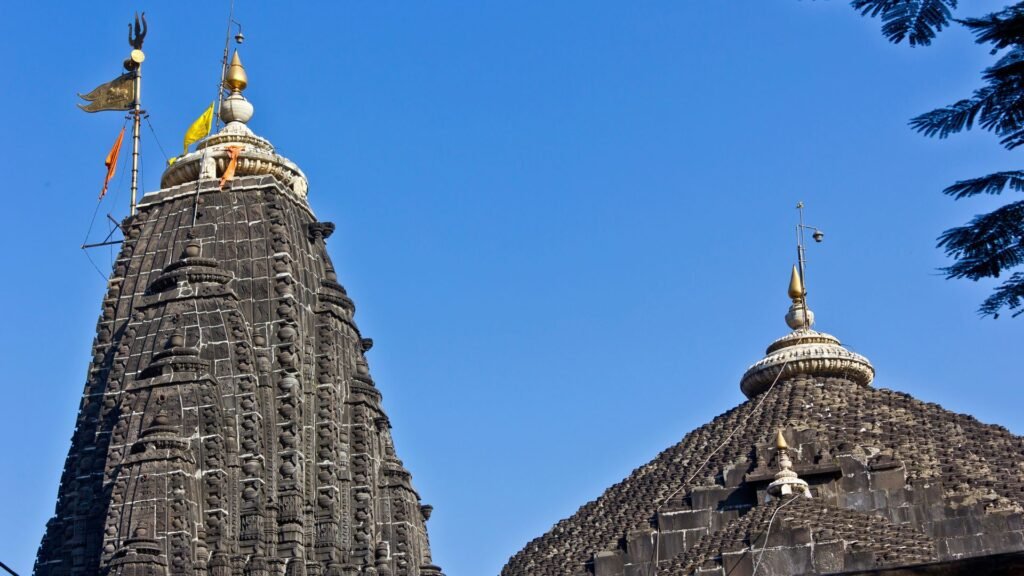
Location: Trimbak (Nashik), Maharashtra
The temple of Trimbakeshwar as it stands today near river Godavari, as a black stone structure at the foothills of Brahmagiri mountain, in the Western Ghats, was built by Peshwa Balaji Baji Rao (Nana Sahib) of the Maratha empire in the 18th century. The temple has a sacred pond called Kushavarta as the source of Godavari.
Special Facts:
- The Jyotirlinga which is present a little below ground level is said to have three faces representing Lord Brahma, Lord Vishnu and Lord Shiva.
- The sanctum contains a special stone called ‘sphatik shila’ with immense energy.
- The sanctum-sanctorum is always in absolute silence; no echoes can be heard. The original sanctum-sanctorum is believed to be in a hidden underground chamber deep within the temple complex.
- There is supposedly a reverse flow of the river Godavari; temple priests can re-direct the flow of water in an opposite direction during specific rituals.
Special Festival:
(i) Palkhi Sohala (procession) is celebrated every Monday.
(ii) Kumbh Mela happens once in 12 years
(iii) Trimbakeshwar Utsav is celebrated annually with special pujas.
Zodiac: Pisces (Meena)
Benefit/Blessing: Wishes fulfilled
How to Reach:
Nearest Airport: Nashik (57 km), Mumbai (176 km)
Nearest Railway Station: Nashik (38 km)
By Road: From Nashik, or from Mumbai/Pune/Shirdi via Nashik.
11. Kedarnath Jyotirlinga
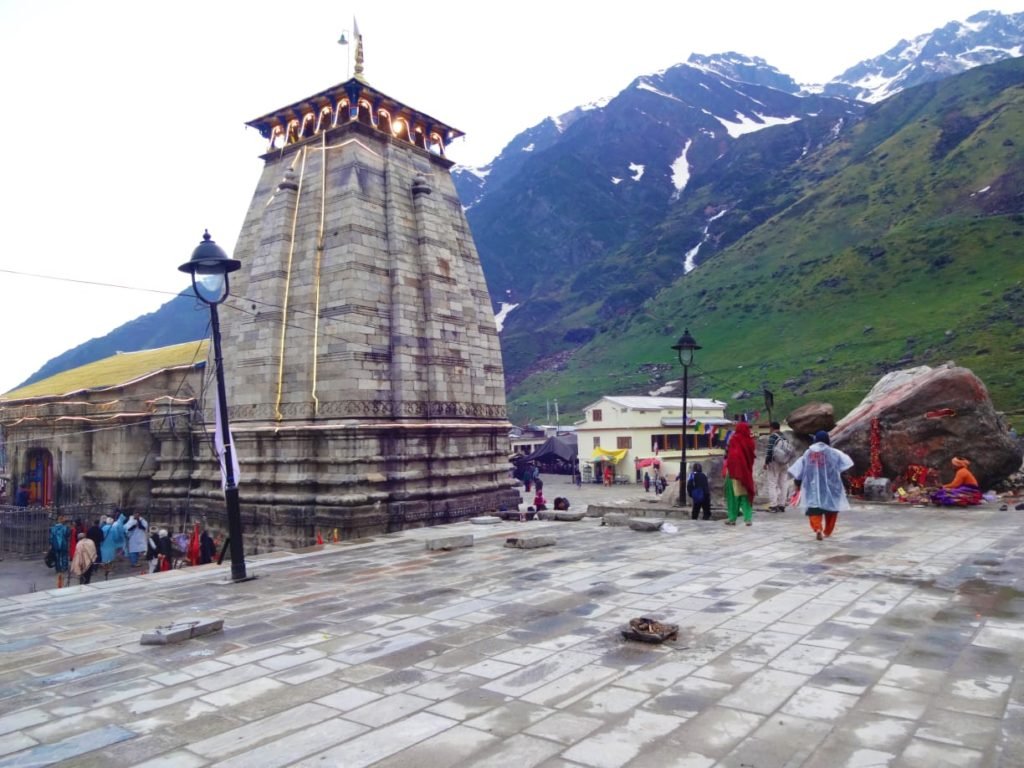
Location: Kedarnath (Rudraprayag), Uttarakhand
Situated in the high altitudes (3600m above sea level) of the Garhwal Himalayas near river Mandakini, Kedarnath is believed to have been established by Adi Guru Shankaracharya. One of the four Char Dhams in the state {others being Gangotri, Yamunotri and Badrinath}, the temple has blissful and charming environs of snow mountains and grass meadows.
Special Facts:
- The temple that was buried under snow for 400 years was rediscovered in the 20th
- The Linga is a unique triangular rock formation, the hump of the mythical bull encountered by the Pandavas in exile to atone for their sins of Mahabharata
- The temple is shut for 6 months during extreme winters when the deity idol is carried down to Ukhimath and worshipped there.
- The temple survived the destructive floods of 2013, due to a massive rock that rolled down from the mountain and lodged behind the temple so as to divert the force of incoming waters. The rock is worshipped as ‘Bhimshila’ at the same spot even now.
Special Festival:
(i) Shravani Annakoot Mela – A day prior to Raksha Bandhan, to celebrate the new harvest.
(ii) Samadhi Puja, a grand puja inside Shankaracharya Samadhi following which the temple is shut for winter.
(iii) Badri Kedar Festival in June for 8 days to showcase the traditions of Devbhoomi.
Zodiac: Aquarius (Kumbha)
Benefit/Blessing: Spiritual growth, moksha
How to Reach:
Nearest Airport: Dehradun (250 km)
Nearest Railway Station: Rishikesh (216 km)
By Road: The journey begins from Dehradun, Rishikesh or Haridwar, then moves forward towards Devaprayag to finally reach Guptkashi (can avail helicopter services to reach the shrine) or Sonprayag from where pilgrims opt for horse-trek or trek 23 km by foot to reach the abode of the Lord via Gaurikund.
12. Grishneshwar Jyotirlinga
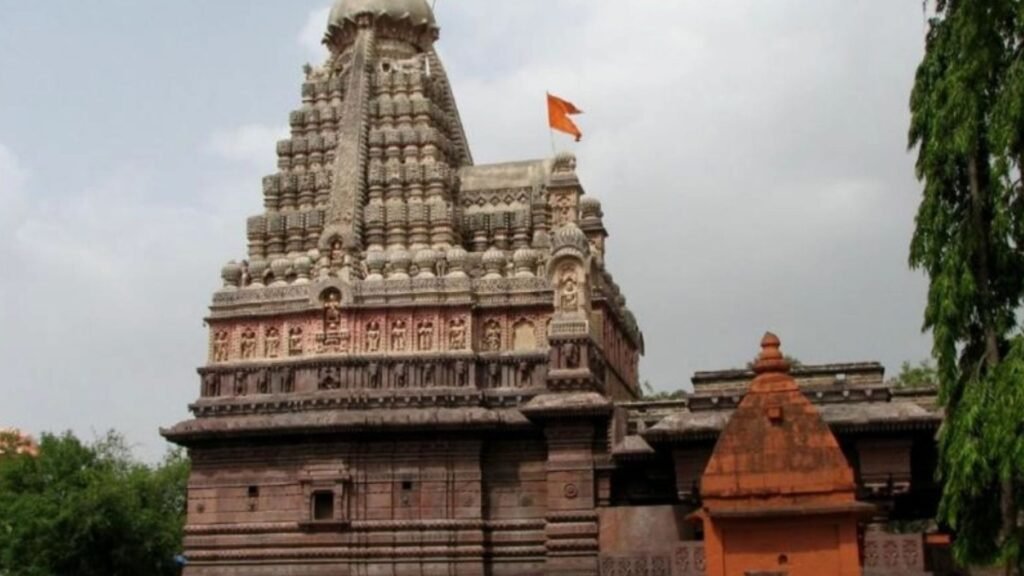
Location: Verul (Aurangabad), Maharashtra
Also called as Ghushmeshwar or Kusumeshwar, the temple is built with red rocks. Carvings of the Dashavatars of Lord Vishnu can be noted on the path leading into the temple. The holy lake situated near the temple is ‘Shivalay’.
Special Facts:
- Destroyed in the 13th century, the temple was rebuilt by Maratha king Shivaji’s grandfather in the 16th century, and later renovated by Rani Ahilyabai Holkar.
- This is the smallest Jyotirlinga in India.
- The main court hall is built on 24 pillars carved with Shiva’s myths and legends.
- Holy water springs from inside the temple.
Special Festival:
The temple is in high spirits during MahaShivratri & Shravan Somvar (Monday).
Zodiac: Scorpio (Vrishchik)
Benefit/Blessing: Overcoming challenges
How to Reach:
Nearest Airport: Aurangabad (36 km)
Nearest Railway Station: Aurangabad (39 km), Manmad (71 km)
By Road: The best way is to reach Aurangabad, from where the temple is 32 km by land.
It is only a kilometer away from Ellora.
[Most of the places have comfortable rooms/guesthouses/hotels/resorts that are easy to find, pre-book and stay, but if not available in some places, then it can be arranged in the nearest town/city. There are travel companies that organize 12-Jyotilinga Yatra packages as well.]
